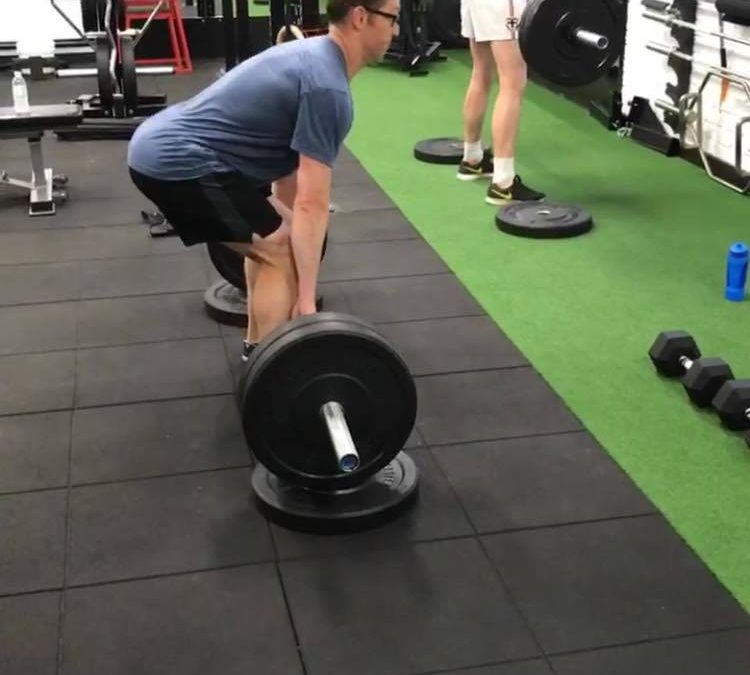“STOP getting injured & START performing this coming football season”
WHY train LEGS DURING the season!
As a developing footballer, I constantly found myself with soft tissue injuries. It wasn’t until I entered senior football that I noticed a significant change in my bodies maintenance & prevention of soft tissue injuries based on the advice of several S&C coaches and Physios.
The following are the most common injuries found during a typical AFL season:
Soft tissue injuries: ‘hammies’, ‘quads’, ‘hip flexors’, ‘calves’ and ‘quads’
AND
Impact injuries such as ACL’s, concussions and broken bones.
The fundamental point I am making:
In contact sports certain injuries are unavoidable (termed impact injuries) however soft tissue injuries are AVOIDABLE:
So how do we prevent these from happening? If you are someone who is vulnerable – like me- how do you prevent these injuries from REOCCURRING:
1. Maintain your legs program in season:
I often hear people thinking they’re too sore or tired to TRAIN legs IN SEASON…
WRONG!!!
Instead of stopping it is important to have a planned and structured training program that takes into account training focuses, overtraining and volume management. This can be achieved through an in-season periodisation process:
Periodisation is the process of planning your training program in cycles that focus on specific training outcomes I.e.: strength, power, hypertrophy.
These cycles are pre-planned and based around individual goals, the time of year and most importantly peaking at the right time prior to the beginning of competition and then being able to improve and maintain during the season. It provides variety and allows for maximum performance.
The biggest two factors to monitor are training intensity & volume when periodising:
I would highly recommend those footballers who have completed recent hypertrophy phases (with a mod to high training age) to now enter a strength phase with low volume (sets x reps) focusing on heavier weights, higher sets but with lower rep ranges.
2. Perform unilateral exercises
Begin by performing unilateral max strength tests for each vulnerable muscle group that you wish to focus on this season.
Identify times throughout the season (weekly, fortnightly, monthly) where you can retest the strength of these muscles.
If there is a recent change in strength and change in quality of movement this will highlight that you are now at potential risk of injury.
I.e: Perform a single leg 1RM leg press and use this as your baseline measurement throughout the season
Quite often there is a difference in strength from one side to the other. Although we want this difference to be as small as possible it is minimising the level of change throughout the season that is most important.
If a substantial difference and change from your previous test is noticed this is when you’re at greater risk of injury.
Football movement patterns often require significant unilateral strength and balance (kicking, jumping, landing, change of direction and unexpected contact)
I would highly recommend incorporating at least 2-3 unilateral exercises into your in season program and perform these after your compound lifts.
3. Eccentric focus on hamstrings and quads
Eccentrics (termed negatives) contractions are in fact the main driving factor in improving strength.
Identifying tempos (the timing at which you hold positions throughout an exercise) that focus on the eccentric components will build greater specific strength.
Ensuring that you have specifically programmed tempos that target at-risk groups are important.
These can be completed at the end of a training program with slightly higher volume.
Certain muscles have more slow or fast twitch fibres and should, therefore, be trained differently I.e.: the hamstring has a lot of higher fast twitch (lower reps) versus Soleus which responds better to higher reps (Poliquin Principles 3rd edition)
PLEASE NOTE: ECCENTRIC WORK BRINGS UPON THE GREATEST LEVELS OF DOMS so ensure that you have adequately overloaded to build up the muscle with quality.
Other tips to prevent soft tissue injuries:
1. Dynamic warm ups/activations prior to game time and training.
2. Have an organised and structured program based on the season’s commitments I.e.: plan your deload weeks accordingly
3. Remedial massage: plan these in line with match commitments and byes. Ie if you have 12 games without a break it would be smart to pre-plan these at least every 3-4 weeks. Often Monday following a Saturday match is the best time for a massage.
4. Listen to your strength and conditioning coaches: follow their program as there is a method to all of the madness.
5. Don’t rush a recovery: hamstrings have been shown to take a minimum of 3 weeks to recover. Be sure to progress from a steady state – acceleration and deceleration – speed and then agility before being cleared to return to training.
6. Train your legs on the right day. Most teams would train Tuesday & Thursday during the season. Therefore I would recommend Monday and Wednesday as the main leg days.
Good luck & always remember:
If you fail to prepare, you are preparing to fail.

